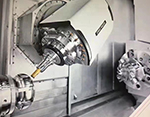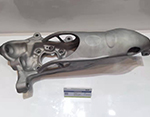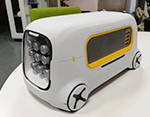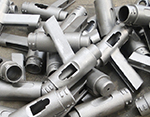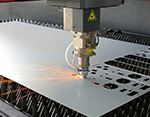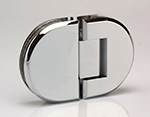-
Service
+
- CNC Precision Machining Service +
- Multi-Axis Simultaneous Machining Service +
- CNC Turning Service +
- Metal 3D Printing Service +
- Rapid Prototyping Service +
- Die Casting Service +
- Sheet Metal Fabrication Service +
-
Finish Serivces
+
- Polishing
- Grinding
- Brushed Finish
- Sand blasting
- Painting
- Powder Painting
- Anodizing
- Hard anodizing Service
- Passivation
- Zinc Plating
- Nickel Plating
- Chrome Plating
- Blackening
- Black Zinc Plating
- Teflon Coating
- Titanium Coating
- DLC Coating
- Laser Marking
- Silk Screen Printing
- Transfer Printing
- Micro Arc Oxidation
- Industries +
- About Us +
- Resource +
- Contact Us
- Quote

-
Service
-
>
-
>
-
>
-
>
-
>
-
>
-
>
-
>
-
- Industries
- About Us
- Resource
- Contact Us
rapid prototyping services metal
Kesugroup own 3d printing workshop and over 50 BLT-SLM machines for metal printing, tolerance with +/-0.1mm at best. Supports clean solutions, whatever your parts how complex. Painting and polishing for good surface, other treatment we can do as well.What is Rapid Prototyping?
Rapid prototyping is a product development method that utilizes turnkey manufacturing technologies to quickly produce multiple iterations of a component for testing and evaluation. In other words, it is a method of making parts as quickly as possible for hands-on reviews. 3D printing is most often chosen for rapid prototyping because of its affordable price point—typically between $5-50 for a prototype—and its quick turnaround time of 1-3 business days. Other common rapid prototyping processes besides 3D printing include CNC machining, sheet metal fabrication, and rapid injection molding.
Speed and affordability are the key principles of rapid prototyping and allow multiple designs of a prototype to be manufactured at once, or one prototype to be revised and re-made in quick succession. These prototypes provide critical information that helps engineers make design decisions before moving to higher fidelity models for functional testing and production.
Rapid CNC Machining
CNC milling and CNC turning are great rapid prototyping options for parts that require the prototype to be evaluated in its final material if cut from fully dense stock. Kesu can machine a wide variety of metals and plastics. Many CNC machined parts can be manufactured and shipped within a week. CNC expedite options are available when quoting, and Kesu's cost-effective, market-based prices enable engineers to order multiple prototypes at once to enable rapid product evaluation.
CNC machined parts have a longer lead time than 3D printing because of the additional machine setup and run time. 3D prints run through a direct digital manufacturing process, with minimal setups or post processing.
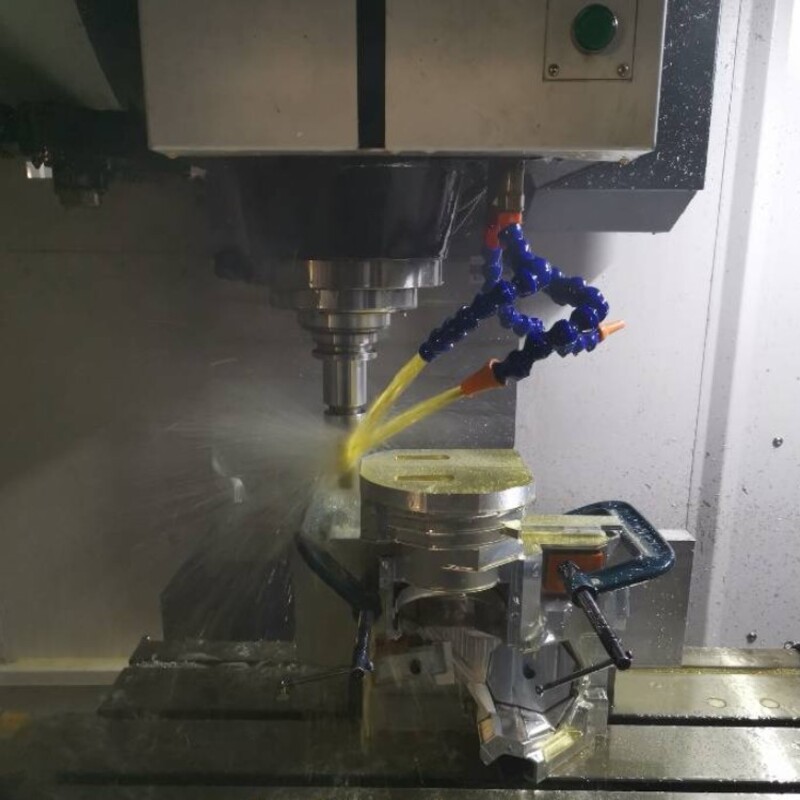
Rapid Sheet Metal Fabrication
Rapid sheet metal fabrication can be a great option for quick-turn flat parts that require the prototype to be evaluated in its final metal material.
These parts can be turned around in a week or less and can often be cost-effective enough to manufacture two or more prototype designs in parallel.
Aluminum 5052 is the most common sheet metal material for rapid prototyping, but Kesu also offers a variety of alloys including steels, copper, and stainless.
Rapid sheet metal parts have a comparable lead time to rapid CNC machined parts, but have a longer lead time than 3D printed parts.
Much like CNC machining, sheet metal fabrication requires additional machine set-up and run time.
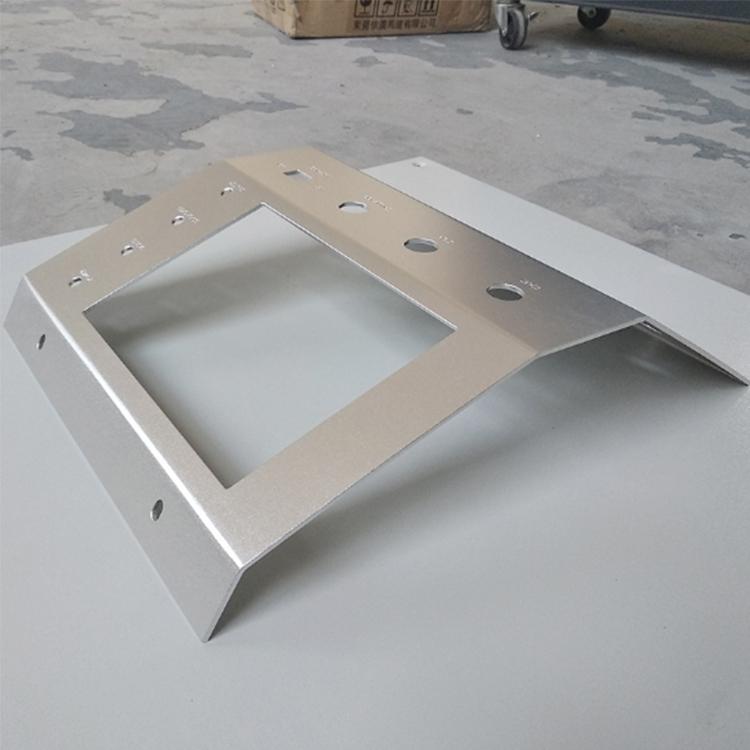
SLM 3D Printing
Direct metal 3D printing – also called Selective Laser Melting (SLM) – works similarly to selective laser sintering (SLS).
In SLS a laser heats the powder but does not allow it to exceed its melting point, meanwhile, in direct metal 3d printing the melting point is exceeded.
As a result, the printed metal parts have similar physical and mechanical properties as conventional metal parts.
Therefore, the technology can be used to create realistic metal prototypes or small batch series of metal parts.
The technology is quite versatile and can be used with many different metals, however most aluminum, steel and titanium are the most commonly used.
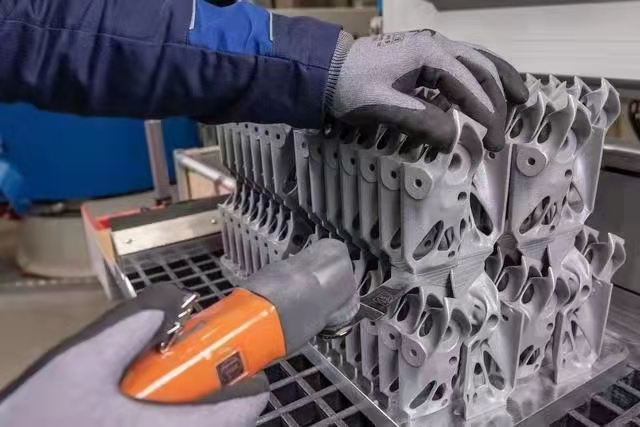
Contact Info:
Email: allen@kesugroup.com
WhatsApp: +86 159-5565-1249
Our engineer team are ready for your projects and provide feedback quickly.

